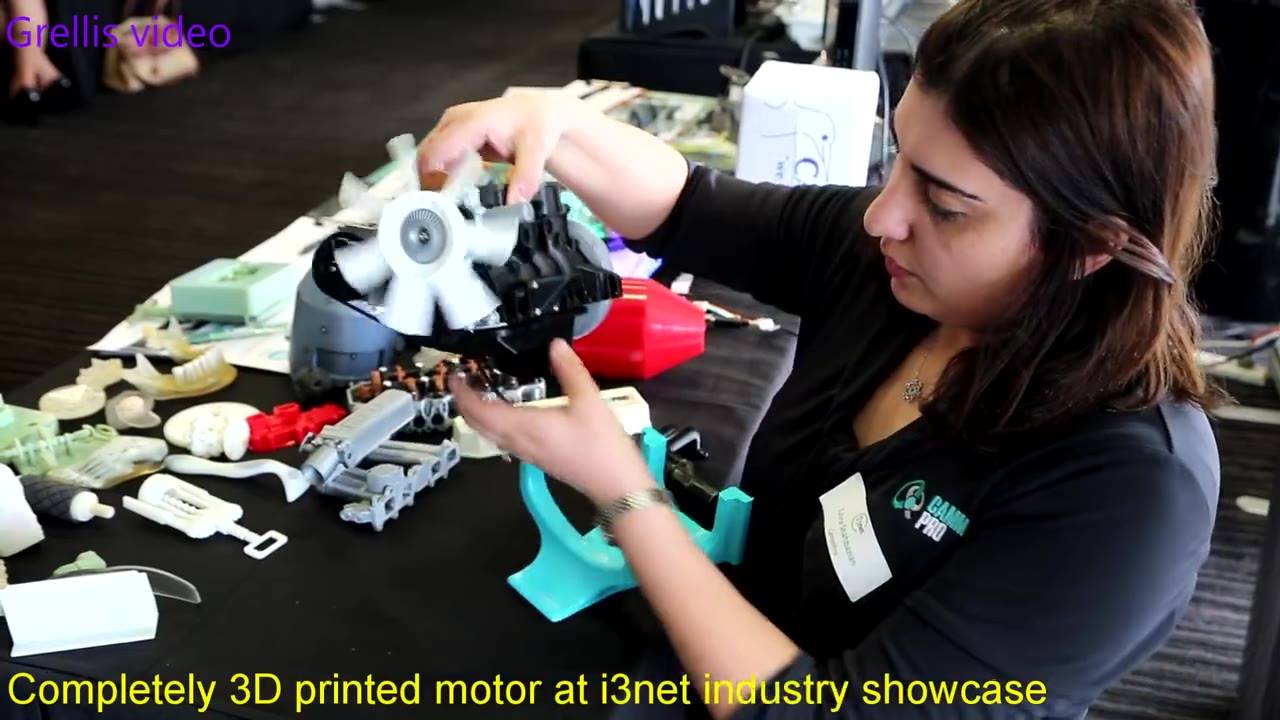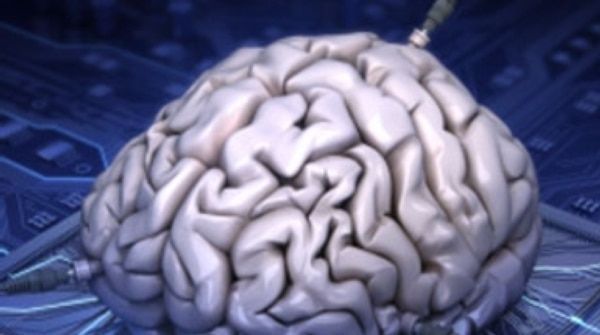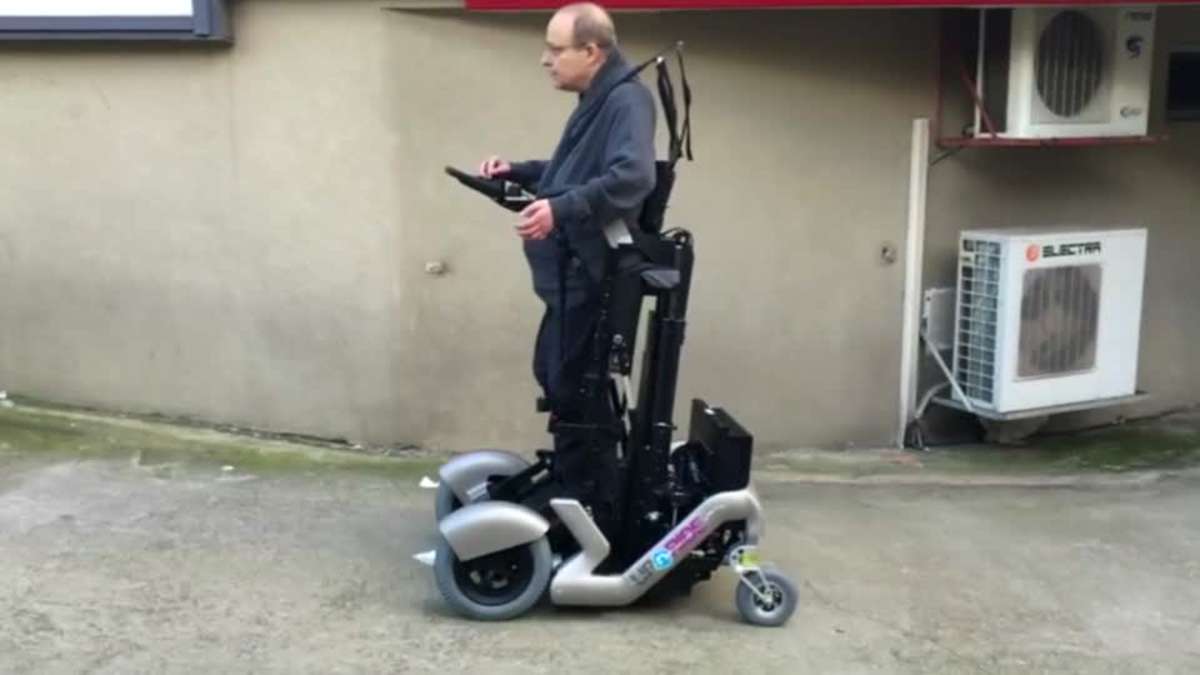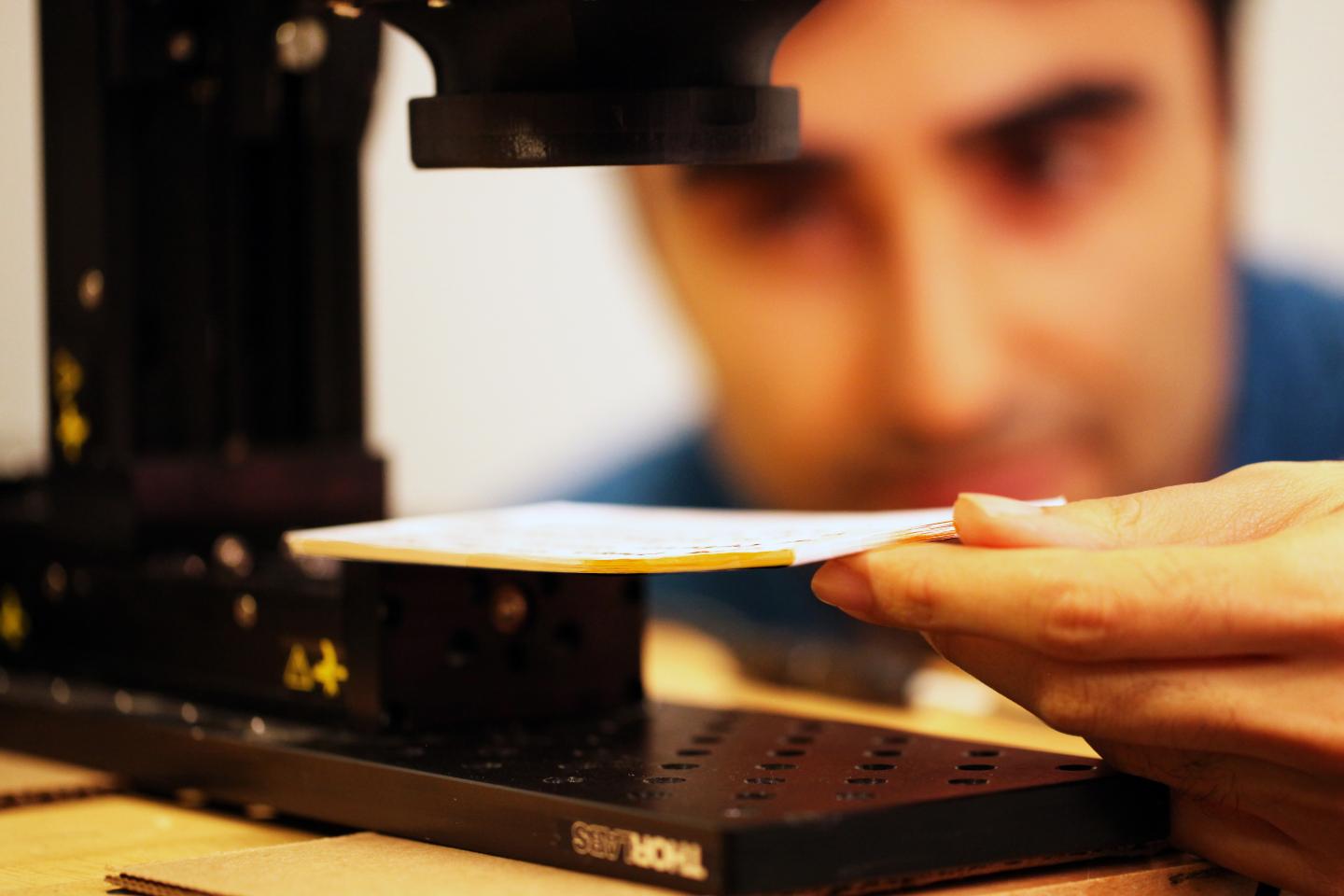Page 10791
Sep 13, 2016
Google’s Ray Kurzweil: The Business Of Extending Human Life Is Going Into “High Gear”
Posted by Elmar Arunov in categories: biotech/medical, business, Ray Kurzweil
Sep 13, 2016
The Coming Merging of Mind and Machine
Posted by Elmar Arunov in categories: futurism, Ray Kurzweil
The accelerating pace of technological progress means that our intelligent creations will soon eclipse us—and that their creations will eventually eclipse them.
Sep 12, 2016
South China Sea War: Russia Deploys Udaloy-class Destroyers, Ropucha-class Landing Ships
Posted by Karen Hurst in category: military
Very concerning.
The China-Russia relationship is a common knowledge among nations, even in the highly contested maritime zone of South China Sea.
Recently, Russia deployed Udaloy-class destroyers and Ropucha-class landing ships to intensify its presence in the contested waters. This is part of the joint military drills between the two major allies dubbed as the Joint Sea 2016.
Sep 12, 2016
Stand-up wheelchair gives users outdoor mobility
Posted by Karen Hurst in categories: biotech/medical, cyborgs, robotics/AI, transportation
Self-stabilising wheelchair from Israeli technology start-up lets you cruise through town while standing. Matthew Stock reports.
Nearly 20 years ago Amit Goffer suffered an accident that confined him to a wheelchair. Increasingly dissatisfied with what was on offer, the electrical engineer built this — the UPnRIDE. It’s a robotic exoskeleton that helps people paralysed from the waist down to stand tall in the outside world. (SOUNDBITE) (English) CHIEF TECHNICAL OFFICER AND FOUNDER OF UPNRIDE, DOCTOR AMIT GOFFER SAYING: “The UPnRIDE device, the whole idea is that you can use it outdoors as well as indoors and in a safe manner because they, it automatically balances you and stablizes you… The concept is new because you don’t see any disabled person rolling outside in a standing position so this is a breakthrough in the industry of wheelchair manufacturing, I’m sure that others will follow.” It goes from seated to standing at the push of a button. A gyroscope — similar to that in a two-wheeled Segway — along with self-stabilising software helps manoeuvre upright over uneven urban terrain.

Saw this motor completely made with a 3D printer at i3net’s Wollongong Industry Showcase on Thursday. Story coming soon.
Sep 12, 2016
3D printer creates magical gravity-defying cocktails
Posted by Karen Hurst in category: 3D printing
My only question is how much and how can I get one?
Intricate patterns printed straight into your drink.
Continue reading “3D printer creates magical gravity-defying cocktails” »
Sep 12, 2016
This Device Turns Phones Into Portable 3D Printers
Posted by Karen Hurst in categories: 3D printing, mobile phones
Nice.
A digital factory looks to make the printing process more accessible with a mobile-friendly box concept.
Sep 12, 2016
Is Dubai the World’s Next Big Rainforest Destination?
Posted by Karen Hurst in category: futurism
Want to see Dubai’s rainforest?
Most people don’t think of humid temperatures, lush tropical forests, and flora and fauna when they think of Dubai. But the desert destination has big plans for two artificial rainforests, one that opened earlier this month, and another on its way.
Sep 12, 2016
Scientists Can Now Read Books Without Opening Them
Posted by Karen Hurst in categories: government, law enforcement
Interesting — imagine now how this can be used in so many areas (legal/ law enforcement, government, etc.)
Because that’s basically what researchers from MIT and Georgia Tech are able to do with a new imaging system that can read individual pages without opening the cover.
So far the system, designed by researchers at Massachusetts Institute of Technology (MIT), has been able to distinguish the lines on the first nine pages in a stack of paper.
Continue reading “Scientists Can Now Read Books Without Opening Them” »
















